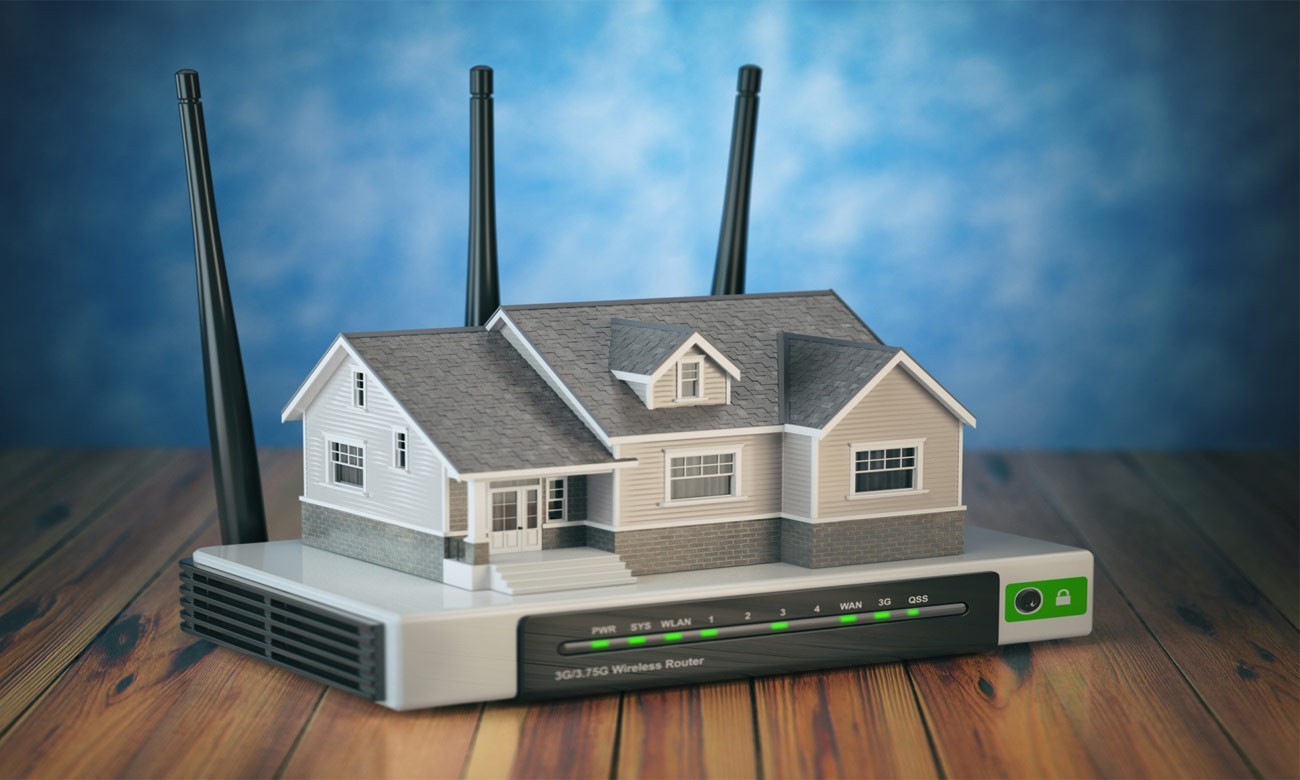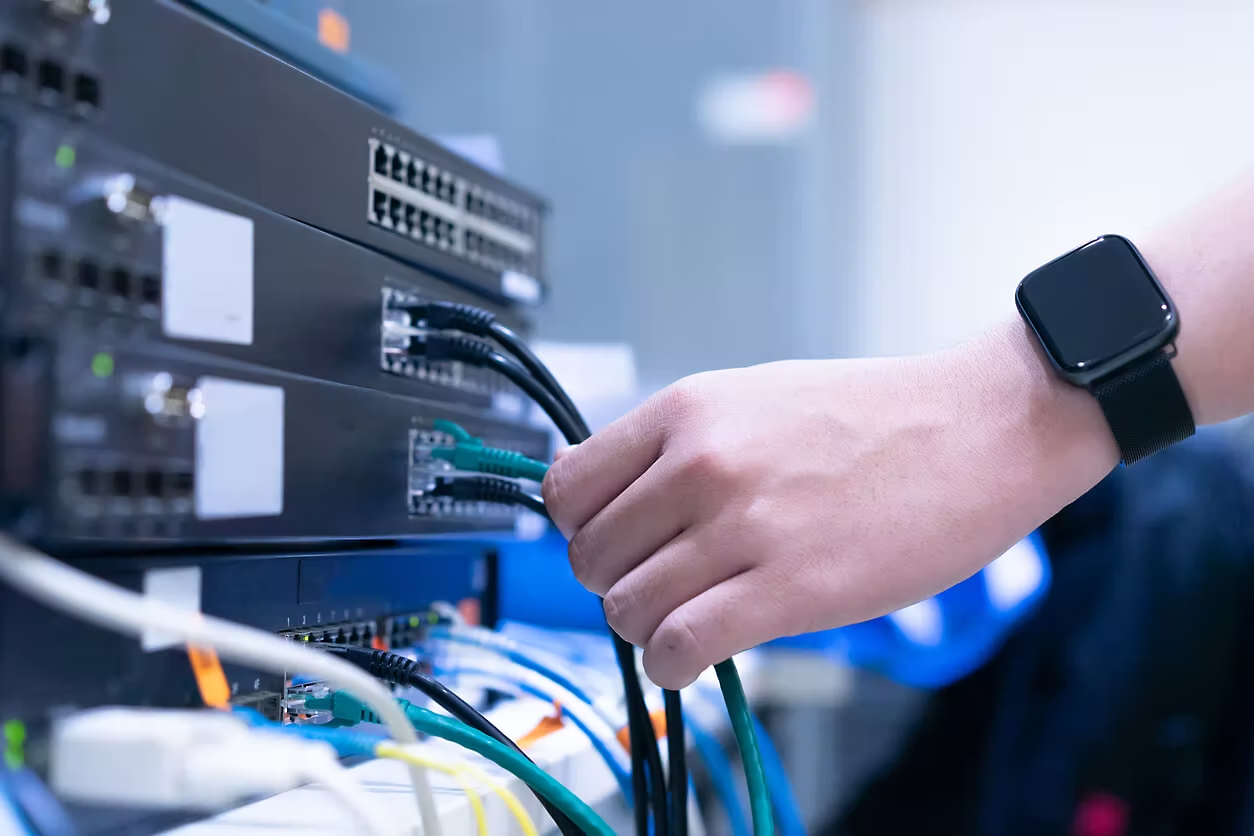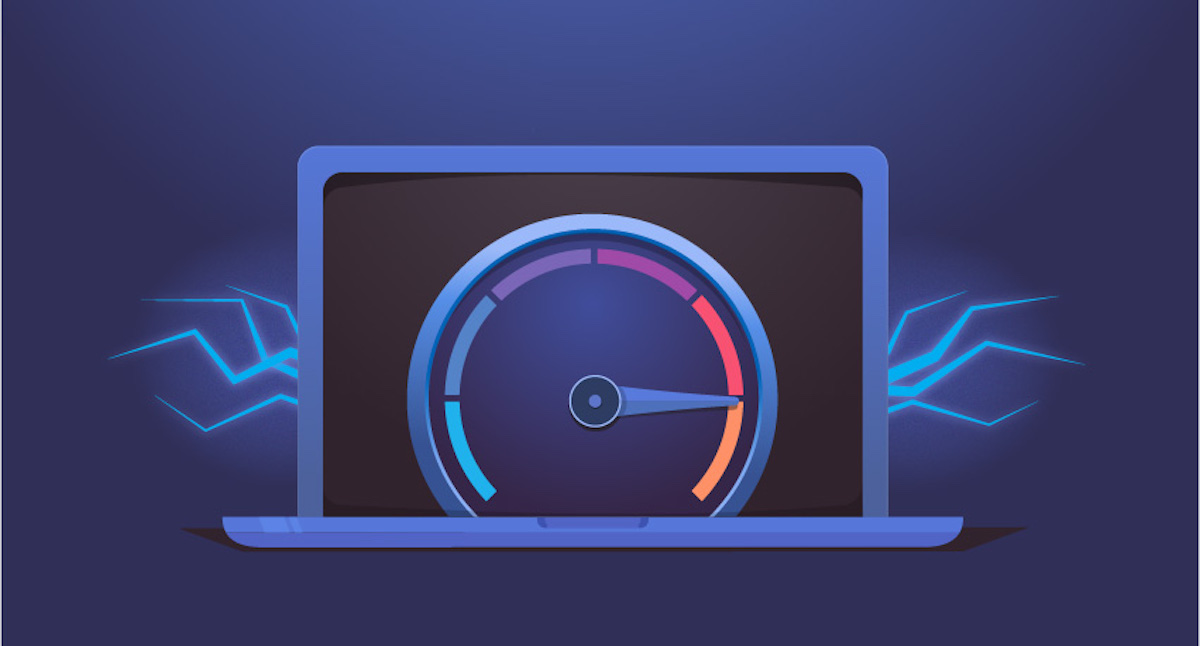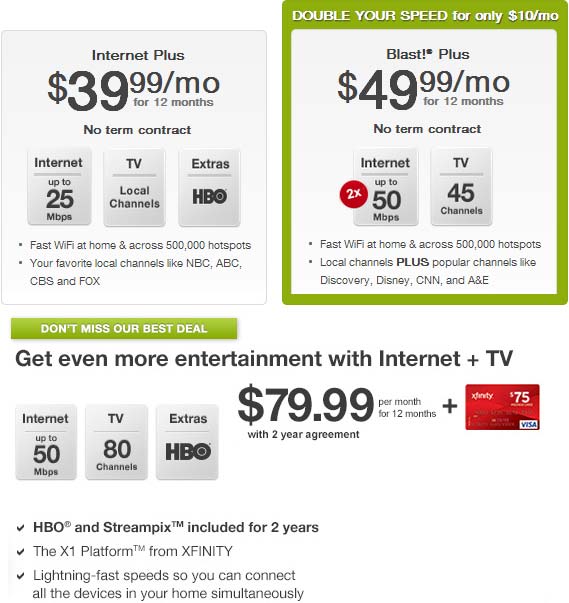In today’s digital world, high-speed internet is no longer a luxury—it’s a necessity. Whether you’re streaming high-definition videos, working from home, or gaming online, your internet connection needs to be reliable and fast.
As technology advances, the demand for faster, more efficient internet connections has given rise to Ultra-Fast Home Internet and Fiber Internet Services. These services are transforming the way we experience the internet, offering speeds and reliability that were once unimaginable.
This article explores how these innovations are reshaping the home internet and why they are a game-changer for modern living.
1. What is Ultra-Fast Home Internet?
Ultra-fast home internet refers to broadband connections that provide high-speed data transfer rates, far exceeding traditional DSL or cable internet speeds. While the term can cover various technologies, it is most commonly associated with fiber-optic connections.
Ultra-fast internet speeds can range anywhere from 500 Mbps (megabits per second) to 10 Gbps (gigabits per second) or more, depending on the service and location.
These ultra-fast speeds make everything from streaming to working from home seamless and buffer-free. With speeds that are significantly faster than traditional broadband, users can enjoy:

- Lag-free video conferencing
- Smooth 4K streaming
- Quick downloads and uploads
- No more buffering during gaming or live broadcasts
2. The Role of Fiber Internet in Ultra-Fast Connections
The backbone of ultra-fast home internet is fiber-optic technology. Fiber internet uses light signals transmitted through glass or plastic fibers to deliver incredibly fast and reliable internet speeds. Unlike copper cables used in DSL or cable broadband, fiber-optic cables are immune to electrical interference and signal degradation, offering faster speeds and greater reliability.
Why Fiber Internet is Superior:
- Speed: Fiber offers the highest speeds available to consumers. With speeds up to 10 Gbps, fiber internet can handle any online activity, from heavy file transfers to ultra-HD streaming.
- Reliability: Unlike cable or satellite internet, fiber networks are less affected by weather conditions and network congestion. This results in more consistent speeds and fewer interruptions.
- Scalability: Fiber-optic networks are highly scalable, meaning they can support an increasing number of devices and higher data usage as households and businesses grow.
3. How Ultra-Fast Fiber Internet Benefits Households
The rise of fiber-optic internet has brought about significant changes for consumers, particularly for families and households relying on fast, stable internet for various purposes. Some key benefits of ultra-fast fiber internet for households include:
A. Enhanced Streaming and Entertainment
Fiber-optic connections make streaming TV shows, movies, and live sports in 4K or even 8K resolution smooth and buffer-free. Families can simultaneously stream content on multiple devices without any noticeable decrease in speed or quality.
B. Support for Smart Home Devices
As smart homes become more common, a stable internet connection is crucial. Fiber internet can handle the simultaneous demands of multiple devices such as thermostats, security cameras, lights, and even refrigerators, all while maintaining speed and reliability.
C. Work and Learn from Home
Remote work and online education have become more prevalent, especially in the wake of the global pandemic. Ultra-fast fiber internet ensures that video conferencing, file sharing, and collaboration tools function smoothly, helping individuals stay productive without technical disruptions.
D. Gaming Without Interruptions
For online gamers, fiber internet is a dream come true. With lower latency and higher speeds, users experience reduced lag, faster load times, and uninterrupted gameplay.
4. The Growing Demand for Fiber Internet Services

The Growing Demand for Fiber Internet Services
The demand for fiber internet services has surged as more consumers realize the benefits of ultra-fast internet. This shift is particularly noticeable in areas where traditional broadband providers are struggling to keep up with the increasing need for speed and connectivity.
Governments and private companies are investing heavily in fiber-optic infrastructure to meet this demand. As a result, fiber internet is becoming more widely available, with gigabit-speed services becoming the standard in many urban and suburban areas.
5. Challenges in the Expansion of Fiber Internet
While fiber-optic internet offers incredible advantages, there are still challenges to overcome in expanding these services:
A. Availability
One of the biggest challenges is the availability of fiber-optic networks. While fiber is widely available in metropolitan areas, rural and remote locations often still rely on outdated infrastructure, such as DSL or satellite connections.
B. Cost of Installation
Although fiber internet offers exceptional value in terms of speed and reliability, the initial cost of installation can be high. This includes both the cost of running the fiber-optic cables and setting up the necessary equipment in homes and businesses.
C. Competition and Service Options
As more providers enter the fiber internet market, competition is expected to increase, leading to lower prices and better service packages. However, in some areas, limited competition can leave consumers with fewer choices for their internet provider.
6. Choosing the Right Fiber Internet Provider
When selecting a fiber internet provider, consumers should consider several factors:
- Speed options: Ensure the provider offers the necessary speeds to match your household’s usage.
- Pricing: Compare packages and fees, including any installation or activation charges.
- Reliability: Choose a provider with a strong reputation for network uptime and customer service.
- Availability: Make sure the provider offers coverage in your area, as fiber internet may not yet be available everywhere.
7. The Future of Ultra-Fast Home Internet
Looking forward, the future of home internet services seems bright. Advancements in technology, such as 5G, Wi-Fi 6, and Wi-Fi 7, will complement fiber-optic infrastructure, offering faster speeds and more efficient connections.
Additionally, as more providers roll out fiber-optic networks, ultra-fast home internet will become increasingly accessible to a larger portion of the population, including rural and underserved areas.
Conclusion: Why Ultra-Fast Fiber Internet is Worth the Investment
Ultra-fast home internet and fiber internet services are revolutionizing the way we interact with the online world. From seamless streaming and gaming to work-from-home productivity, the benefits are clear.
As fiber-optic networks expand, more people will have access to these fast, reliable connections. While challenges remain, the future of ultra-fast internet looks promising, and it’s only a matter of time before lightning-fast speeds become the standard for households everywhere.
If you’re looking to elevate your internet experience, now is the perfect time to consider making the switch to fiber internet—a game-changer for modern living. For more Internet plans information check the internetgainer.



